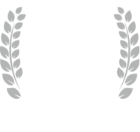The Pulmonary Rehabilitation (PR) community can justifiably be proud of its achievements in demonstrating that PR unequivocally works. The most recent Cochrane evidence synthesis concluded that "additional RCTs comparing pulmonary rehabilitation and conventional care in COPD are not warranted" because the body of evidence is already definitive in this respect. The translation of these patient centred benefits into clinical practice "in the field" has recently been confirmed in the UK national audit of Pulmonary Rehabilitation which demonstrated that gains in exercise capacity and health status following PR are broadly in line with those seen in clinical trials with 90% receiving benefit in at least one domain of exercise performance or health status (see figure below).
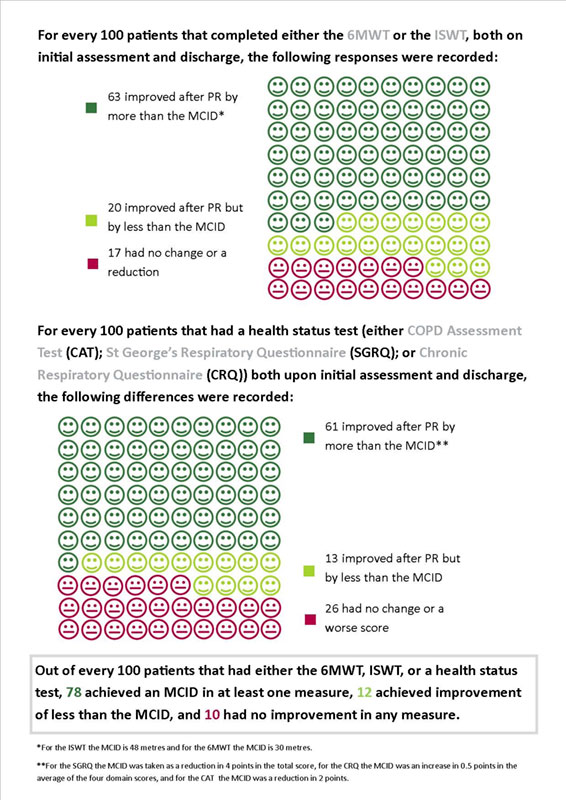
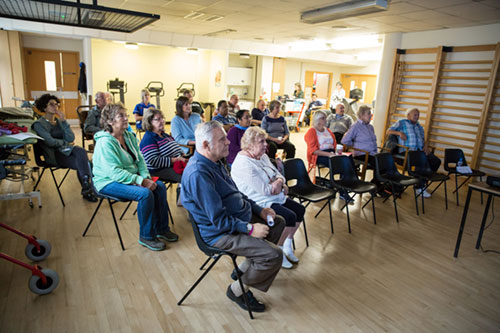
copyright Royal College of Physicians
Before resting on our laurels however, we are faced with the reality that the therapeutic opportunity offered by PR is not widely taken up and therefore the rewards of the intervention are not being delivered widely to the population that could benefit. This is illustrated by the figure below (derived from the UK national PR audit) depicting attrition of patients through the referral and treatment pathway.
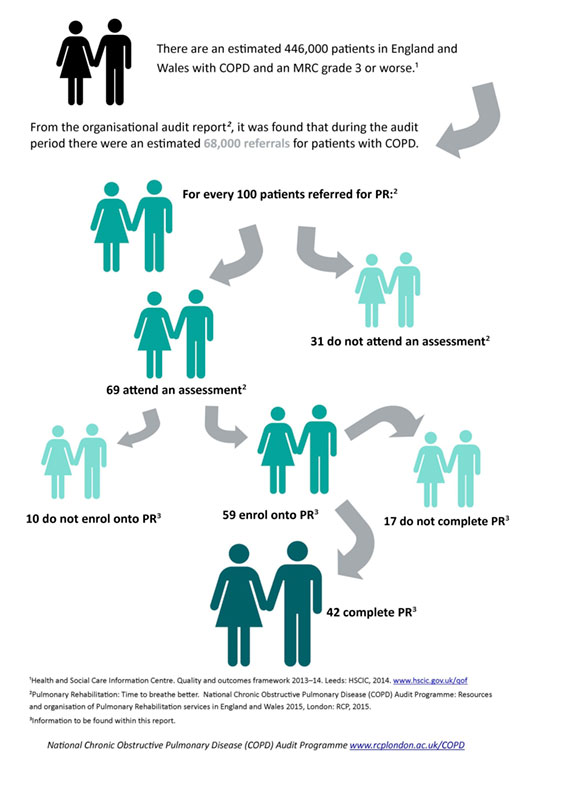
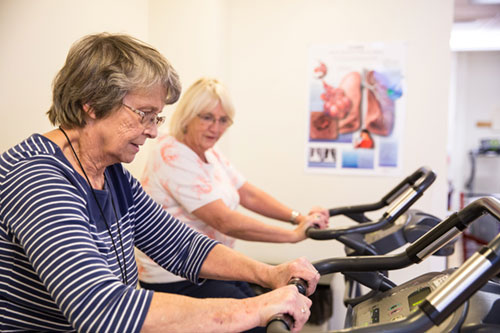
copyright Royal College of Physicians
This is a concern not only for PR practitioners and patients but also health policy makers because the available evidence suggests that completion of PR confers a reduction in subsequent days spent in hospital. Additional data from the UK national PR audit identifies subgroups that are less likely to complete PR, including those from areas of greater social deprivation, a group whose need for disease management support is likely to be the highest. The ATS and ERS have started to address this through the publication of a PR policy document articulating these problems and suggesting broad approaches to solving it. In the UK, examples of good practice and innovation can now be shared on the Respiratory Futures PR programme and forum.
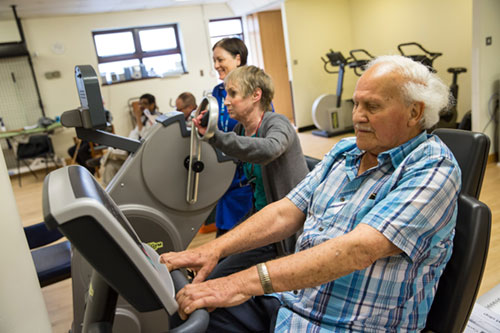
copyright Royal College of Physicians
It is self-evident that the reasons for under-referral to PR will be complex and multiple, including patient reluctance, lack of referrer awareness, inadequate or opaque referral processes and lack of PR service capacity. It is therefore timely that a systematic review of interventions aimed at enhancing uptake and completion of PR has recently been published. The bad news is that the authors were unable to identify clear guidance on how to achieve this from the published literature with only one study meeting their inclusion criteria. The review may not have captured all activities in this area because some may have been implemented as quality improvement initiatives rather than comparative trials or even observational studies. Indeed measures to raise patient and referrer awareness of PR and to develop robust referral processes should be seen as good practice requiring implementation rather than testing. This does however leave us with a gap in our understanding about how effective these measures are and whether there are ways of tailoring the positive message about the benefits of PR to particular constituencies of patients and referrers.
Perhaps we should start by considering how we might respond ourselves to the suggestion of undertaking more exercise or physical activity. We might recognize the worth of the suggestion but once the month of January expires, enthusiasm often diminishes. There needs to be acceptance of how difficult PR can be for patients to attend and understanding that if the therapeutic offer doesn't meet individual health or symptom needs, referrers will not prioritise it and patients will not engage. Referral for PR following hospitalization appears to be particularly unpopular, perhaps, in part, because such individuals have a high prevalence of frailty and comorbidity and in some cases recognize they are approaching the end of their lives. Not unreasonably they may not want to spend what limited time they may have left travelling to PR programmes and undertaking activities that may be uncomfortable for them.
Despite these caveats, there are clearly patients who would enthusiastically embrace PR who are not being offered it. The challenge to the PR world is to engage with colleagues in the wider healthcare team to bridge this gap and to ensure the intervention is offered flexibly enough to encourage participation without sacrificing efficacy.
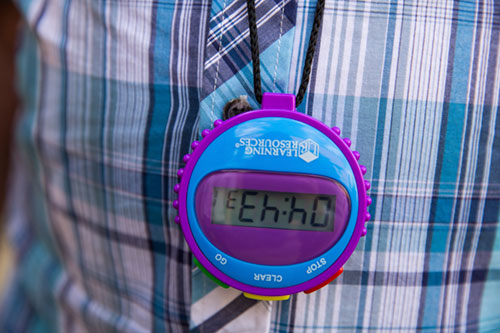
copyright Royal College of Physicians

Michael Steiner, Consultant Respiratory Physician and Honorary Professor of Respiratory Medicine, Glenfield Hospital, University Hospitals of Leicester NHS trust, Leicester, UK. Lead for the Pulmonary Rehabilitation workstream of the HQIP commissioned National COPD Audit.


